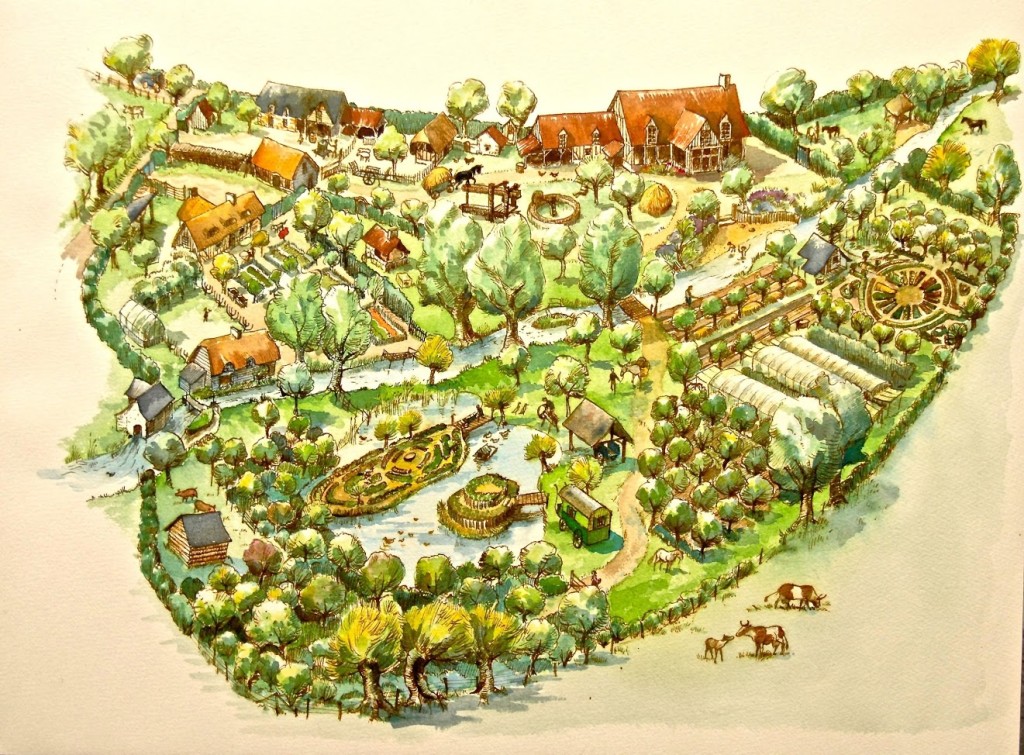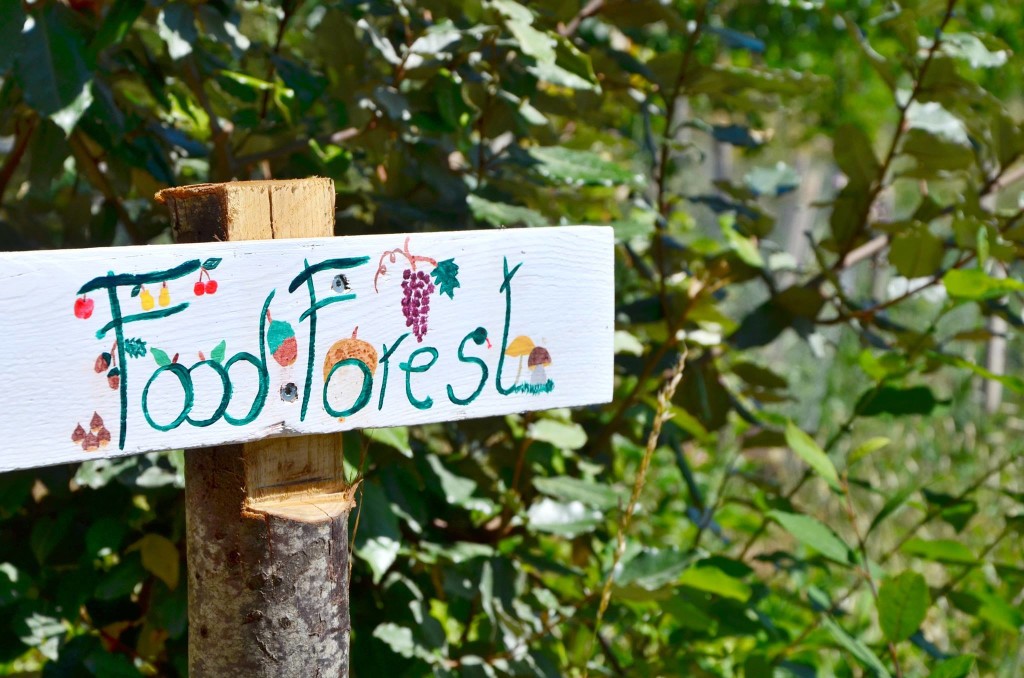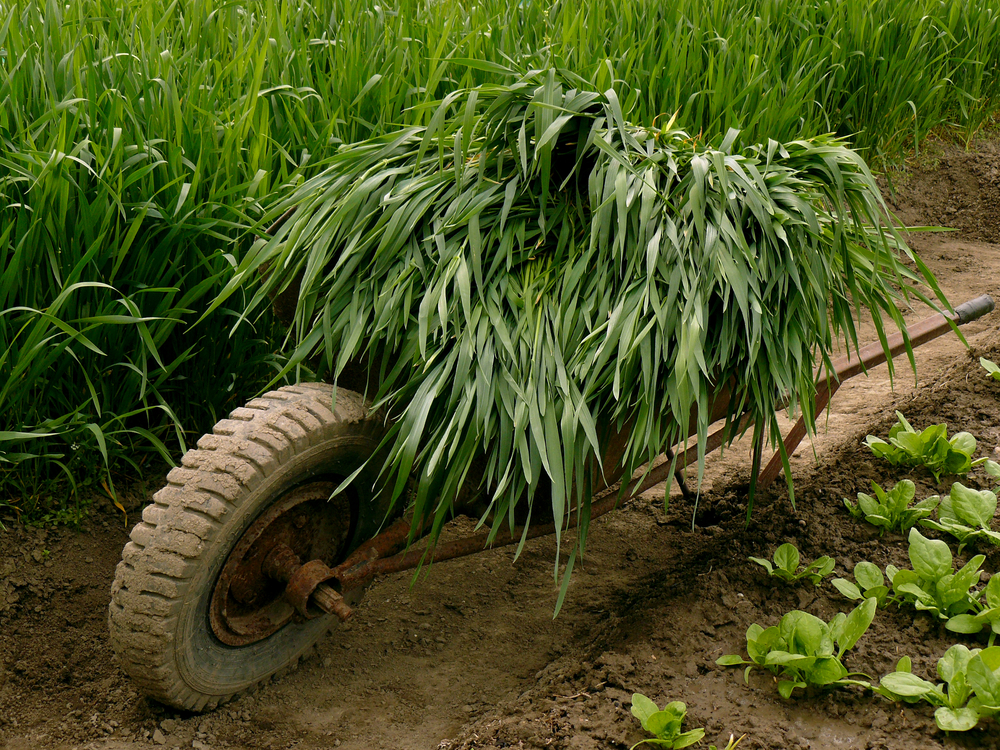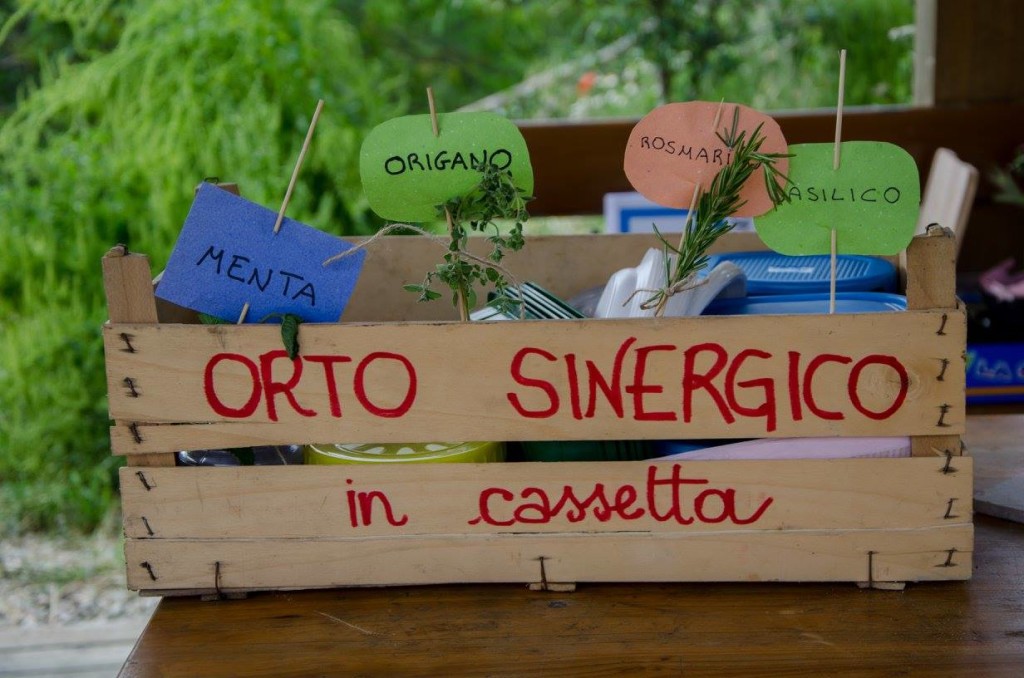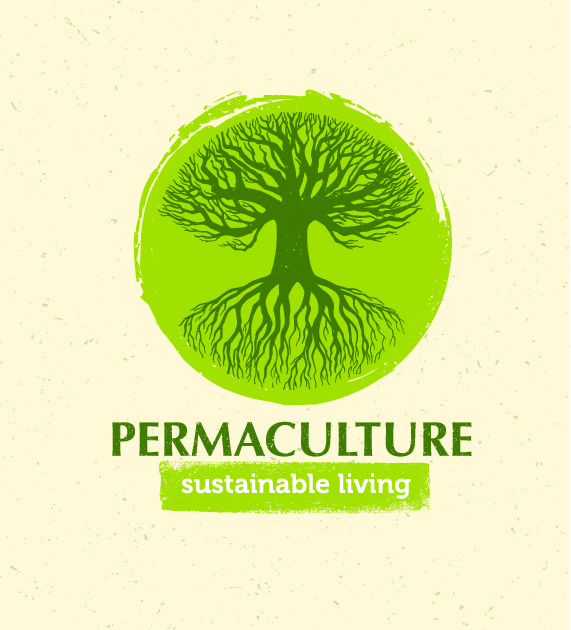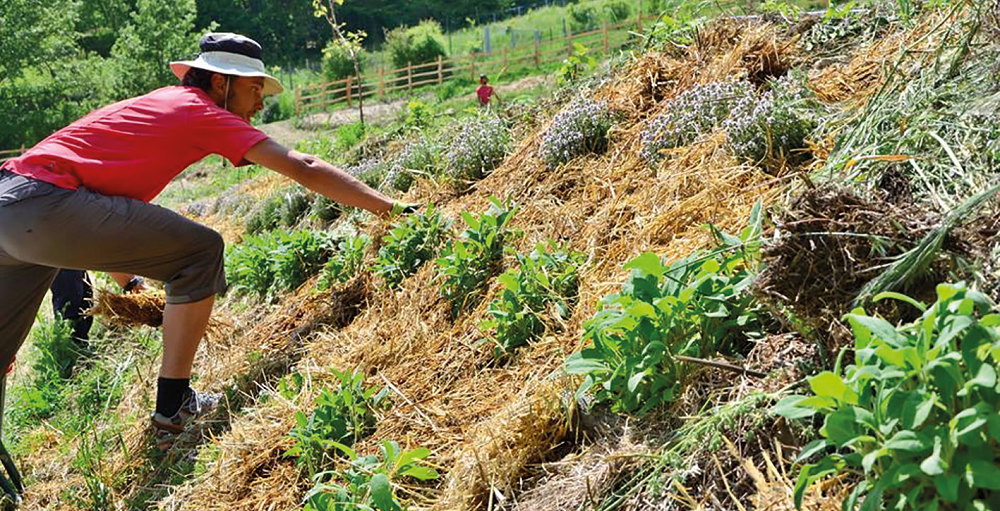How to turn desert into paradise
Permaculture teaches us how to manage water in a smart and natural way in order to stop desertification
It was 2011 when I decided to visit Krametherof, in Longau region, Austria. I’d been astonished by the vision of a documentary about Sepp Holzer, the rebel farmer that transformed his family land into a natural paradise. He has constructed an impressive system of 80 lakes and terraces on a steep piece of land between 1100 and 1500 m.a.s.l.
A permaculture Garden of Eden
The story of Charles, Perrine and their farm
Miraculous Abundance it’s not only the English title of the book published in 2014 by the French couple Perrine and Charles Hervé-Gruyer, but it’s also the perfect summary of the results of their project and the message they want to send with passion to all of us and to all future generations of farmers. Charles and Perrine’s story is heart-warming and it provides inspiration to those who look for a change and hope to those who see ahead an ever greyer future. But who are Charles and Perrine? And what did they do so special?
SILENT RETREAT: the magic of silence
During our trip to Bali, we found ourselves with a colourful leaflet in our hands describing this place with organic food, yoga and meditation classes, rice fields and jungle…exactly what we were looking for, even though the name suggested even more.
As soon as we got there, they greeted us at a certain distance from the main building and they explained us how everything works during your staying at Silent Retreat. There is only one rule: KEEP SILENT!
How we started a Food Forest in Italy
A Food Forest, also known as Forest Garden, is a multi-purpose and multi-function cultivation system in which trees grown for timber, fruit trees, medical herbs, vegetables, etc. live and grow in synergy with wild plants and animals.
A Food Forest can be created in a corner of our garden or by converting an already existing wood or orchard if we have a wider space available.
Green manuring in Permaculture and Synergistic Agriculture
In Permaculture and Synergistic Agriculture green manuring is a technique for taking care of the soil along with mulch, crop rotation and intercropping and the use of compost.
Green manure crops are cultivated in order to improve soil fertility immediately or once they wither. In this way humus production and soil vitality increase, while loss of nutrients due to rainfalls, soil drying and extreme jumps in temperature are prevented. Moreover, the soil becomes lighter and enriched with nitrogen.
What does synergistic agriculture teach to children?
As we already explained in a previous article, synergistic agriculture is a way of farming that respects nature and at the same time can guarantee healthy and abundant crops. Especially synergistic agriculture promotes the strategy of developing soil self-fertility.
Projects of synergistic vegetable gardens have been started in several Italian schools, including kindergartens, but why a synergistic garden can be turned into a greater educational project? What can synergistic agriculture teach to our children?
5 good reasons for doing Permaculture in Italy
Permaculture was born in Australia in the 1970’s from the intuitions of Bill Mollison and David Holmgren. Despite the peculiarity of the Australian territory, Permaculture’s principles are so universal that they can be applied everywhere and, more importantly, there is no better time to start than the present one. In Italy too, there are many reasons to practice this system or, better said, this “philosophy”, but for now we will only give you 5, which we believe are good enough.
5 Buoni motivi per fare Permacultura in Italia
La Permacultura nasce in Australia negli anni ’70 dalle intuizioni di Bill Mollison e David Holmgren. Nonostante la peculiarità del territorio australiano, i principi della Permacultura sono talmente universali che possono essere applicati ovunque e, soprattutto, non c’è tempo migliore di quello attuale per iniziare. Anche in Italia abbiamo innumerevoli buone ragioni per mettere in pratica questo sistema, anzi, questa “filosofia di vita”, ma per ora ci limitiamo a darvene 5 che già riteniamo più che convincenti.
Integrare e dare valore ai margini
La relazione come elemento chiave nella progettazione in Permacultura
La Permacultura è nata come sistema di progettazione del territorio che integra armoniosamente l’uomo con l’ambiente e i suoi elementi, ovvero abitazione, alimentazione, risorse naturali, relazioni umane e sociali. L’obiettivo è progettare insediamenti duraturi, il più possibile simili a ecosistemi naturali, tramite il riconoscimento, l’utilizzo e l’armonizzazione delle componenti del paesaggio (morfologia, clima, terreno, acqua, vegetazione, animali), sviluppando rapporti di sostegno reciproco tra gli elementi dell’ambiente e i bisogni delle persone.
Chi era Emilia Hazelip
Abbiamo già parlato dell’agricoltura sinergica in un precedente articolo, ma oggi vorremmo approfondire la vita e le aspirazioni della sua ideatrice, la spagnola Emilia Hazelip (Barcellona, 1937 – Carcassonne, 2003)
Quando nacque nel 1937, le bombe cadevano sulla sua città natale, Barcellona, e quando Emilia compì 18 anni decise di lasciare la Spagna intraprendendo un percorso di vivace messa in discussione degli schemi prestabiliti. Già agli inizi degli anni ’60 Emilia sperimentò la vita in comunità agli albori del movimento hippie, rendendosi presto conto di come le pratiche dell’aratura e della coltivazione su terreni lasciati scoperti fosse assolutamente contro natura. Allo stesso tempo Emilia voleva trovare forme diverse per vivere a contatto con la terra, nel rispetto delle leggi della natura e reintegrando l’essere umano nel ciclo della vita.
Newsletter
ARGOMENTI
- Activities (8)
- Attività (10)
- Attrattive (16)
- Cosa fare (22)
- Farm products (4)
- Fattoria dell'autosufficienza (62)
- Fattoria dell'autosufficienza (40)
- Fauna (8)
- Flora (5)
- I nostri modelli (15)
- Istruzioni per viaggiare (2)
- News (63)
- News (97)
- Our models (14)
- Permacultura (30)
- Permaculture (23)
- Prodotti della fattoria (4)
- Senza categoria (2)
- Senza categoria (4)
- Things to do (22)
- Tourist attractions (15)

